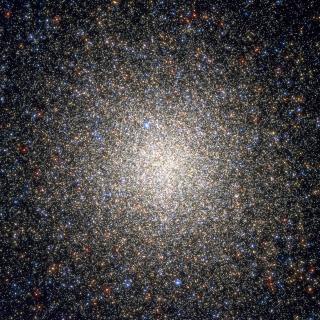Hidalgo, S.; Velázquez, H.; Brown, A. G. A.; Valenzuela, O.; Aparicio, A.; Antiche, E.; Hernández-Pérez, F.; Aguilar, L.; Figueras, F.; Mateu, C.; Antoja, T.
Referencia bibliográfica
Monthly Notices of the Royal Astronomical Society, Volume 453, Issue 1, p.541-560
Fecha de publicación:
10
2015
Número de citas
19
Número de citas referidas
17
Descripción
We present a method to identify ultrafaint dwarf galaxies (UFDGs)
candidates in the halo of the Milky Way using the future Gaia catalogue
and we explore its detection limits and completeness. The method is
based on the Wavelet Transform and searches for overdensities in the
combined space of sky coordinates and proper motions, using kinematics
in the search for the first time. We test the method with a Gaia mock
catalogue that has the Gaia Universe Model Snapshot as a background, and
use a library of around 30 000 UFDGs simulated as Plummer spheres with a
single stellar population. For the UFDGs, we use a wide range of
structural and orbital parameters that go beyond the range spanned by
real systems, where some UFDGs may remain undetected. We characterize
the detection limits as function of the number of observable stars by
Gaia in the UFDGs with respect to that of the background and their
apparent sizes in the sky and proper motion planes. We find that the
addition of proper motions in the search improves considerably the
detections compared to a photometric survey at the same magnitude limit.
Our experiments suggest that Gaia will be able to detect UFDGs that are
similar to some of the known UFDGs even if the limit of Gaia is around 2
mag brighter than that of SDSS, with the advantage of having a full-sky
catalogue. We also see that Gaia could even find some UFDGs that have
lower surface brightness than the SDSS limit.
Proyectos relacionados

Vía Láctea y galaxias cercanas
El objetivo general del Proyecto es el estudio de la estructura, historia evolutiva y proceso de formación de galaxias a través de sus poblaciones estelares resueltas, tanto a partir de fotometría como espectroscopia. El proyecto puede dividirse en cuatro líneas principales: I. Historia de formación estelar en el Grupo Local. El objetivo de esta
Martín
López Corredoira